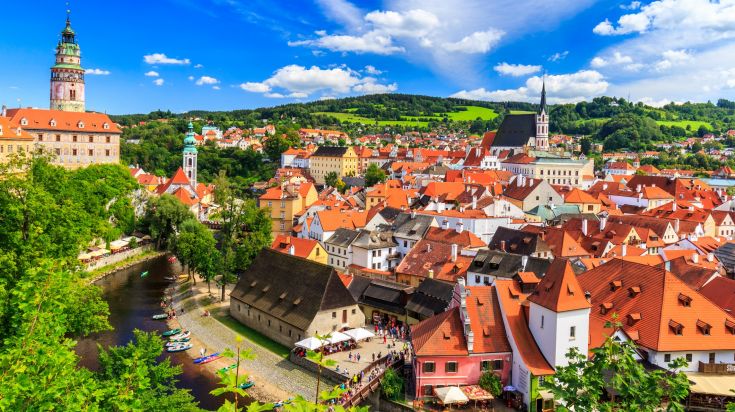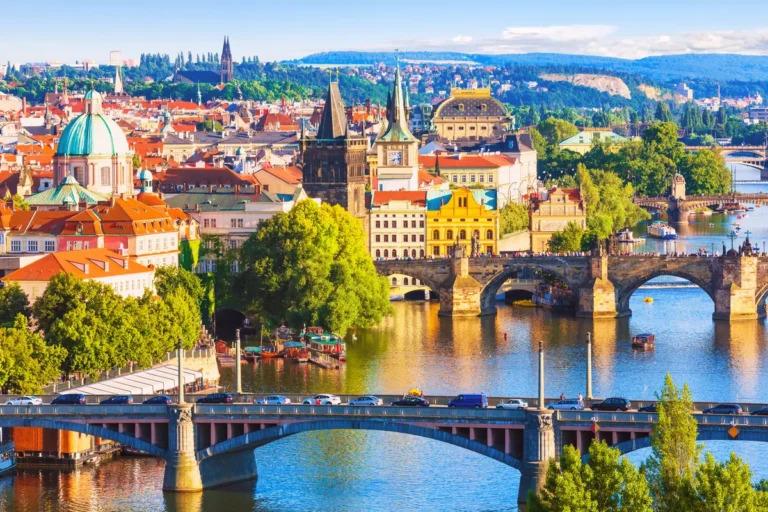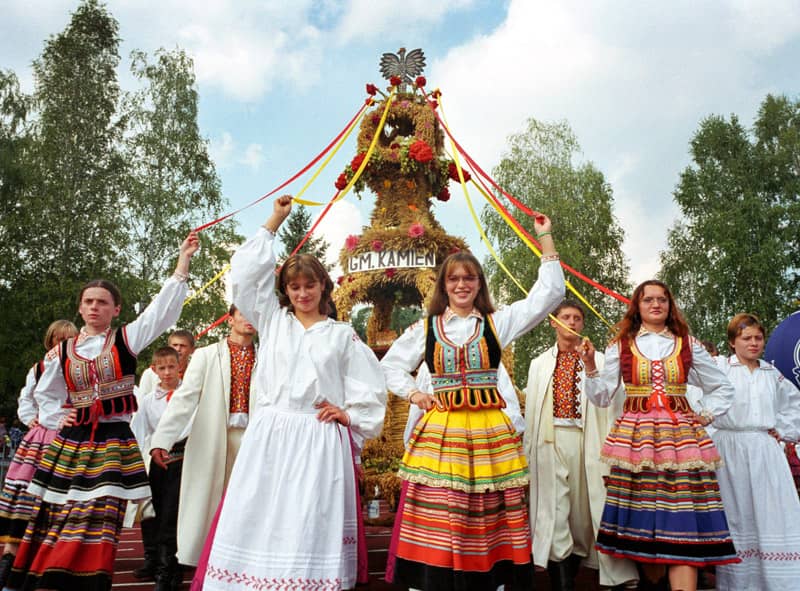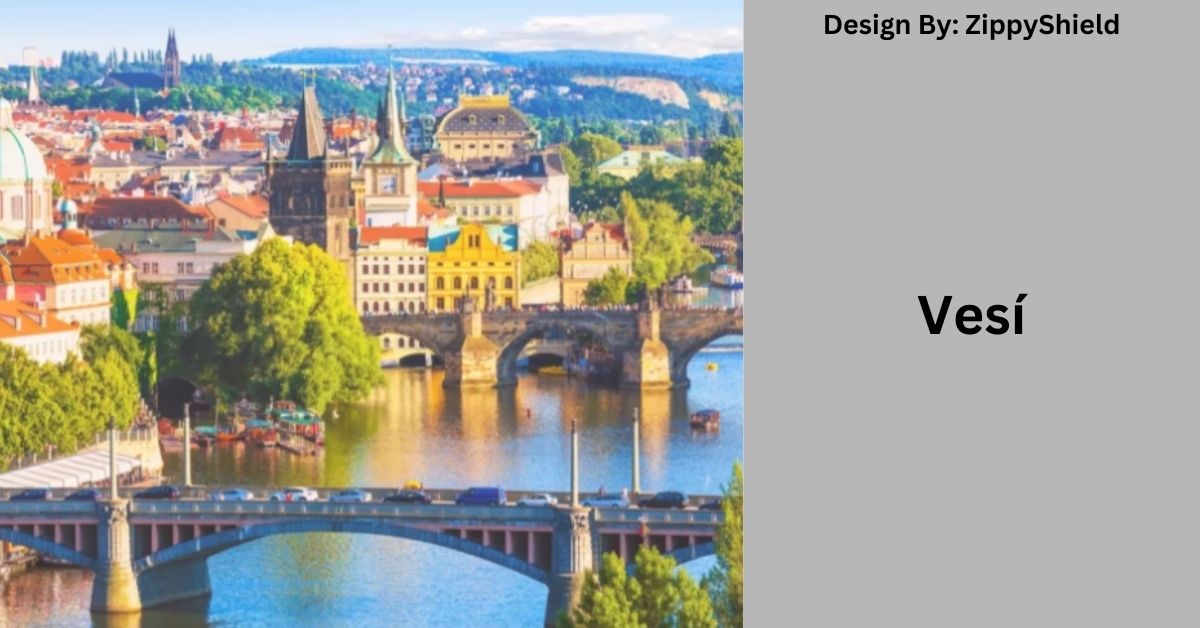Vesí, a term that translates to “villages” in English, represents more than just a geographical concept in the Czech Republic. It is a way of life, a reflection of centuries-old traditions, and a testament to the country’s rich cultural heritage.
This article delves into the essence of vesí, offering a comprehensive look at its history, traditions, and enduring significance.
The Historical Roots Of Vesí:
Ancient Beginnings
The concept of vesí dates back to ancient times, when small communities formed around fertile lands and water sources. These villages became the foundation of Czech society, fostering a sense of community and cooperation among their inhabitants.
Medieval Development
During the medieval period, vesí grew in importance as centers of agricultural production and trade. The strategic location of these villages often determined their prosperity, with many becoming hubs of local commerce and culture.
Modern Transformations
In modern times, vesí have adapted to changing social and economic conditions. While retaining their traditional charm, many villages have embraced contemporary influences, making them vibrant places where history and modernity coexist.
When Is The Best Time To Visit Czech Villages?

The best time to visit Czech villages is from May to October. During these months, the weather is mild and perfect for exploring. Spring brings blooming flowers, while autumn features beautiful fall colors. Summer is popular but busier, and winter can be cold and snowy, making travel more difficult.
The Cultural Significance Of Vesí:
Traditions and Customs
Vesí are rich in traditions and customs that have been passed down through generations. Festivals, folk dances, and traditional crafts are integral to village life, preserving the cultural heritage of the Czech Republic.
Community Life
The sense of community in vesí is unparalleled. Neighbors know each other well, and there is a strong emphasis on mutual support and cooperation. Community events and gatherings play a crucial role in maintaining social bonds and fostering a sense of belonging.
Architectural Heritage
The architectural styles in vesí reflect the historical and cultural influences over the centuries. From charming cottages to grandiose manor houses, the buildings in these villages tell stories of the past and showcase the unique identity of each vesí.
Read: Hasan Minhaj Net Worth – From Stand-Up Star to TV Icon!
The Natural Beauty Of Vesí:
- Scenic Landscapes: Vesí are often nestled in picturesque landscapes, surrounded by rolling hills, lush forests, and serene rivers. The natural beauty of these villages is a major draw for both residents and visitors, offering a peaceful escape from urban life.
- Agricultural Richness: Agriculture is a cornerstone of life in vesí. Fertile lands support a variety of crops, and farming practices have been refined over centuries. The sight of fields and orchards is a common and cherished aspect of the rural landscape.
- Wildlife and Conservation: Many vesí are located near protected natural areas, where efforts are made to conserve the local flora and fauna. Wildlife thrives in these regions, adding to the ecological diversity and making vesí important sites for conservation.
The Contemporary Relevance Of Vesí:

Rural Tourism
Vesí have become popular destinations for rural tourism, attracting visitors who seek to experience the authentic Czech countryside. Tourists are drawn to the tranquil environment, cultural heritage, and the opportunity to participate in local traditions.
Sustainable Living
Sustainable practices are deeply rooted in the lifestyle of vesí. From organic farming to eco-friendly construction, these villages are often at the forefront of promoting sustainable living. This commitment to the environment is an inspiration for broader societal changes.
Economic Contributions
While vesí are often seen as traditional, they play a significant role in the modern economy. Local businesses, crafts, and agricultural products contribute to regional and national economies, showcasing the economic vitality of rural areas.
Read: Fintechzoom How Much House Can I Afford – A Comprehensive Guide!
What Are Some Popular Dishes To Try In Vesí?
When you visit vesí, be sure to try some traditional Czech foods. Svíčková is a tasty dish with marinated beef in a creamy sauce, usually served with bread dumplings. Bramboráky are crispy potato pancakes seasoned with garlic and herbs, making a great side or snack. And don’t forget koláče, sweet pastries filled with fruit, cheese, or poppy seeds. These dishes give you a delicious taste of Czech village life.
Common Traditions In Vesí:

Vesí, or Czech villages, are deeply rooted in traditions that have shaped their culture over centuries. These traditions are central to village life and help preserve Czech heritage.
- Festivals: Festivals are significant in vesí, often featuring music, dancing, and communal meals. Key celebrations include Masopust, a lively carnival with costumes and parades; Easter, marked by egg decorating and playful customs like the “pomlázka”; and the Harvest Festival, which celebrates the end of the harvest with feasting and festivities.
- Folk Dances: Folk dances play an important role in village life, performed during festivals and community events. Notable dances include the Polka, a lively dance accompanied by accordion music, and the Beseda, a traditional group dance that forms patterns and symbolizes unity.
- Traditional Crafts: Craftsmanship is a cherished tradition in vesí, with villagers practicing skills passed down through generations. Pottery involves creating functional and decorative items using traditional methods. Embroidery features intricate patterns on textiles, while woodworking produces durable furniture and decorative pieces using age-old techniques.
The Future Of Vesí:
Challenges and Opportunities
Vesí face several challenges, including depopulation, aging populations, and economic pressures. However, there are also opportunities for revitalization through tourism, sustainable development, and the preservation of cultural heritage.
Innovation and Tradition
The future of vesí lies in balancing innovation with tradition. Embracing modern technologies and practices while preserving the unique cultural and historical aspects will ensure that these villages continue to thrive and inspire future generations.
Community Initiatives
Local communities are key to the future of vesí. Grassroots initiatives, supported by government policies and external funding, can address challenges and promote sustainable growth. Community engagement and empowerment are essential for the long-term sustainability of these villages.
FAQ’s:
1. Are there guided tours available in vesí?
Yes, many vesí offer guided tours that provide insights into the village’s history, cultural practices, and landmarks, enhancing the visitor experience.
2. What languages are commonly spoken in vesí?
In vesí, the primary language spoken is Czech. Some villagers may also speak English or other languages, especially in areas frequented by tourists.
3. What types of transportation are available to get to vesí?
Transportation options to vesí include trains, buses, and car rentals. Some villages may also offer shuttle services or taxis from nearby cities or major transportation hubs.
4. What outdoor activities can I enjoy in Czech villages?
Activities include hiking, cycling, exploring nature trails, and enjoying picturesque landscapes and rural scenery.
Conclusion:
Vesí are more than just villages; they are the heartbeat of Czech culture and tradition. From their historical roots to their contemporary relevance, these rural communities offer a unique and enriching perspective on life. As the Czech Republic moves forward, the preservation and celebration of vesí will continue to be a testament to the enduring spirit of its people.
Read More:



